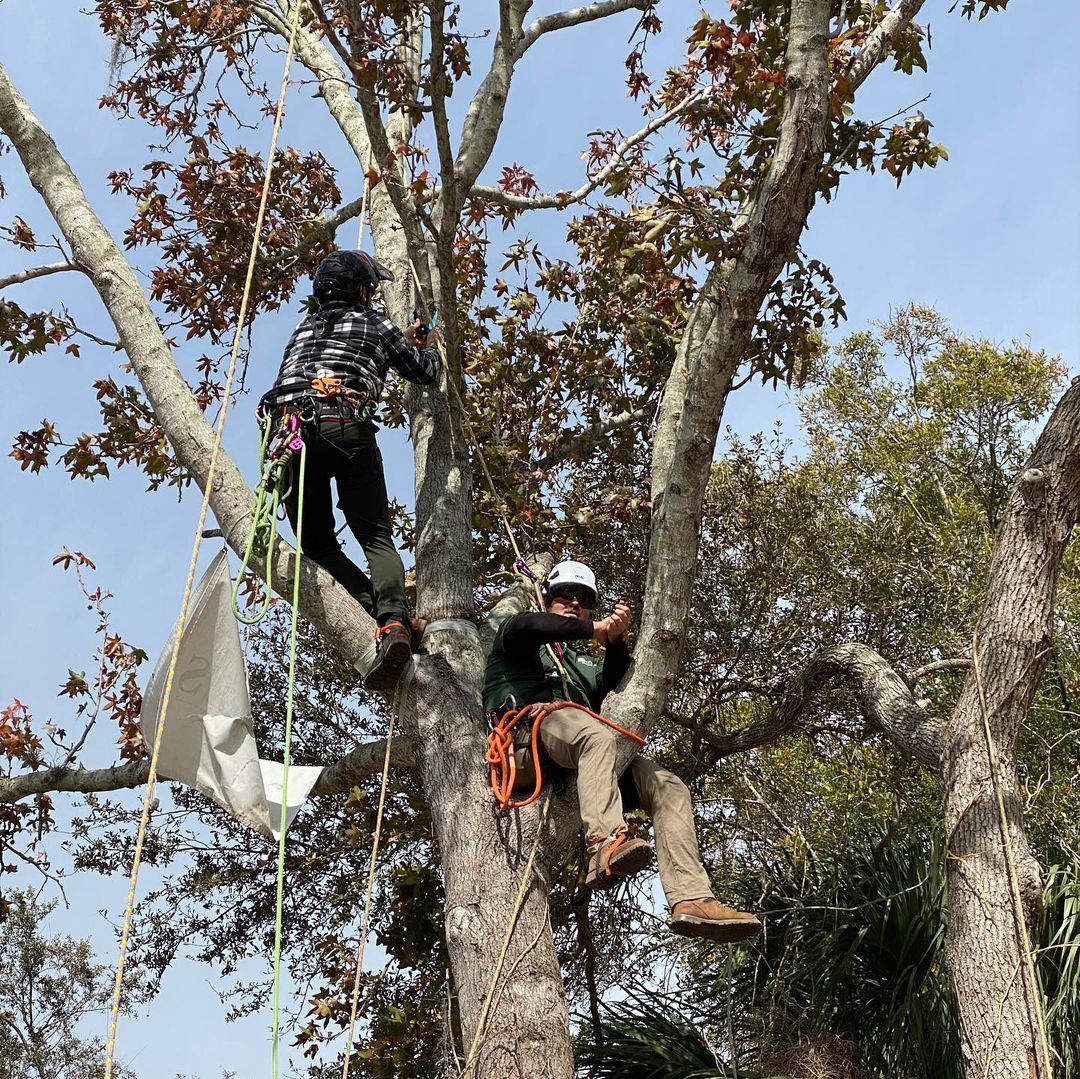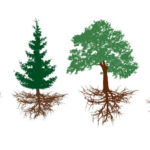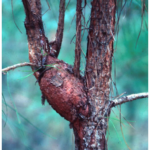Unraveling the Causes of Tree Diseases: Understanding Nature’s Afflictions
Trees, with their majestic presence and vital role in ecosystems, are not immune to diseases. When a tree succumbs to illness, it can be disheartening. Understanding the causes behind tree diseases is the first step toward prevention and effective management. In this blog post, we’ll delve into the various factors that contribute to tree diseases, shedding light on the intricate relationship between nature and the ailments that afflict our beloved arboreal companions.
Fungal Infections
Fungi are one of the most common causes of tree diseases. Fungal spores can infiltrate a tree’s leaves, bark, or roots, leading to infections. These infections can range from leaf spots and cankers to more severe diseases like root rot. Fungi thrive in warm and moist environments, making trees susceptible to infection during periods of high humidity or excessive rainfall. Poor air circulation, wounds, or weak tree defenses can further enhance the likelihood of fungal diseases.
Bacterial Infections
Bacteria can also invade trees, causing diseases that manifest as leaf scorch, wilting, or cankers. They often enter through wounds or openings, such as pruning cuts or insect feeding sites. Moist conditions or overcrowded trees can facilitate bacterial growth and spread. Certain tree species, such as fruit trees or ornamentals, may be more susceptible to specific bacterial infections, requiring diligent monitoring and prompt intervention.
Viral Infections
Viruses can infect trees, but they are less common than fungal or bacterial diseases. They are typically transmitted through insect vectors, such as aphids or beetles, which act as carriers and spread the viruses from tree to tree. Viral infections often result in stunted growth, leaf discoloration, or distorted foliage. Maintaining a healthy ecosystem that discourages disease-carrying insects is crucial for minimizing the risk of viral infections.
Environmental Stressors
Trees experiencing prolonged or repeated exposure to unfavorable environmental conditions are more prone to diseases. Stressors such as drought, extreme temperatures, air pollution, or soil compaction weaken a tree’s immune system, making it susceptible to infections. Additionally, improper planting techniques, excessive pruning, or physical damage can compromise a tree’s health and invite diseases.
Pathogens, including fungi, bacteria, and viruses, can be introduced to trees through infected plant material, contaminated soil, or nearby infected trees. Insect pests, such as borers or scale insects, can also weaken trees, creating entry points for pathogens. Maintaining good sanitation practices, regularly inspecting trees for signs of pests or diseases, and promptly addressing any issues are essential for preventing the introduction and spread of diseases.
Trees, like all living organisms, are susceptible to diseases caused by various factors. Fungal and bacterial infections, viral diseases, environmental stressors, pathogens, and insect pests can all contribute to a tree’s decline. Recognizing the signs of diseases, implementing preventive measures, and seeking professional assistance when necessary are vital steps in maintaining healthy trees. By nurturing our trees, providing proper care, and fostering a resilient environment, we can mitigate the impact of diseases and ensure the longevity and beauty of these invaluable members of our natural world.





